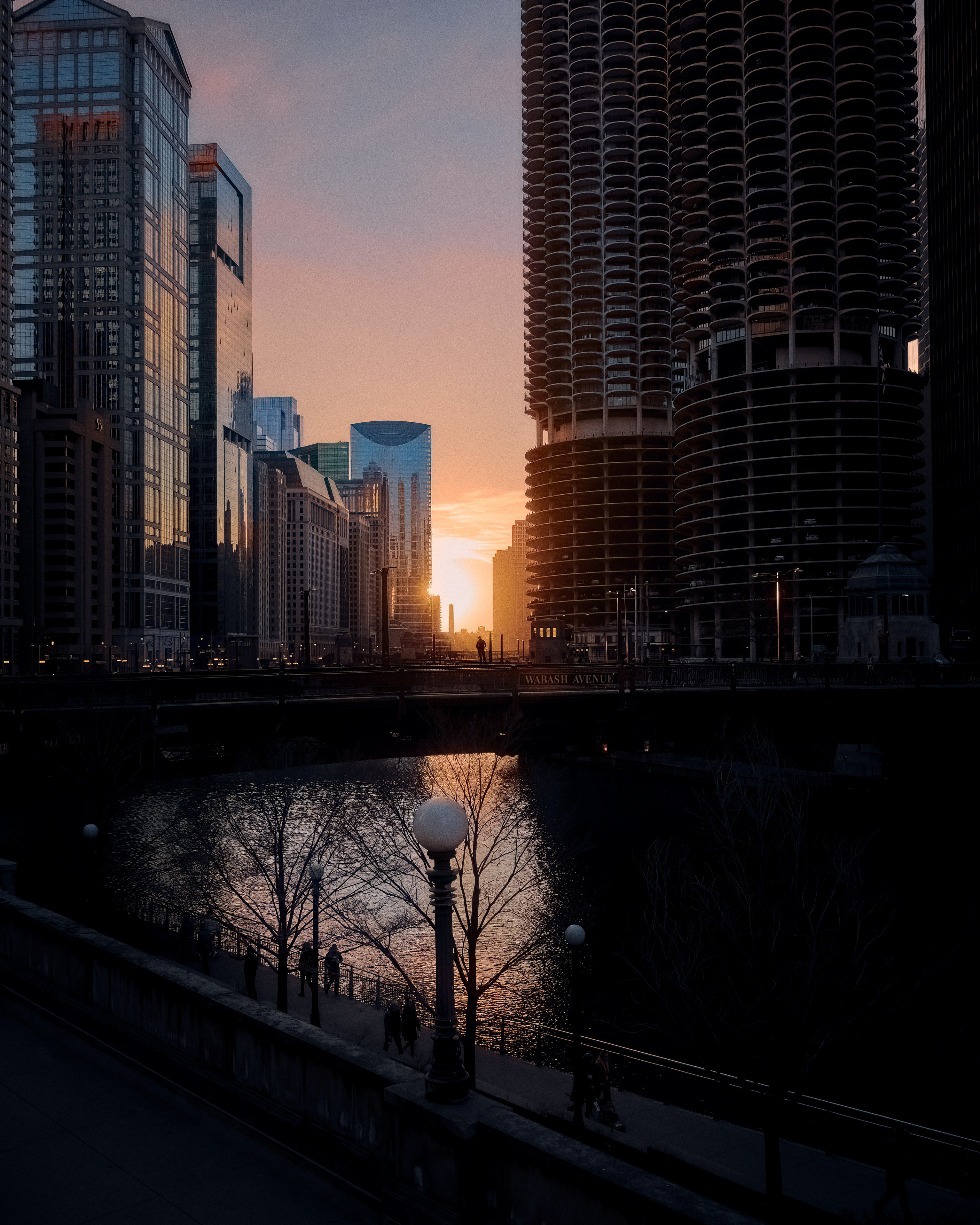The Art of "Pretty Good"
I’ve decided enough is enough—I’m going to try to learn how to draw in earnest. I’ve loved visual art for as long as I can remember, spent countless hours perusing galleries and museums, and each time I found myself stepping out into the daylight, invariably I’d think, “I need to learn how to draw.” And inevitably, I’d go home and not do that.
The thing about drawing is that basically every child does it. Rather than learning to draw, the adults than can are often just the ones who never stopped. I’m not sure when that happened for me. I tried to find my way back in through a drawing class when I was maybe in Middle School, but it went nowhere. I took a beginner drawing class in college, and can almost remember the outlines of what was taught, but once again I fell out of it.
For now, I’m trying to spend a night a week doing some basic sketching. This is not much time, and probably won’t lead to much progress on its own, but it’s the time I know I can dedicate to it for now. As I was trying to figure out what to do to get started, I decided to make my way through some drawing books; but first I needed some pencils.
What I’m advocating is to strive for adequacy in your tools, and perfection in your work.
I kept all my supplies from that class from college, but now they’re in a storage unit in Chicago. So I plunged into materials lists from the books I’ve got and online, and realized I was falling into an old, bad habit of mine: worrying about the specifics before putting in the work.
I’m a very particular person, for better or worse. I have a very strong sense of what makes something good or bad, what I’m looking for from a pen, a camera, a frying pan. Both use and aesthetics are considered. This goes beyond just objects, though, and into process. I hate wasting time, and paradoxically, will waste a lot of it at the start of something to try and avoid wasting it while I’m doing the thing.
I wrote about this a bit when I talked about going back to the gym. Before I started lifting weights, I was intimidated, afraid of being embarrassed, but also afraid of doing it wrong. I wanted to have the perfect routine, the perfect form, and let that get in the way of actually doing the work. Perfect is the enemy of good, indeed.
I would bet a lot of the people who read my writing are familiar with the apocryphal anecdotes of the pottery class that was split into two groups: one that would be judged on the quality of producing a single work, and one that would pass so long as they produced 60 pounds of pottery. The story goes that the group that focused on quantity also produced the highest quality pieces. If I wanted to get better at drawing, the thing that would hold me back the most was the amount of hours I intended to put in, not the pencils I held while doing it.
That’s not to say you should just throw all that stuff aside. If you want to learn a language, I think you would be best starting with a beginner textbook and a plan rather than just watching a bunch of Spanish telenovelas and hoping for the best. Instead, what I’m advocating is to strive for adequacy in your tools, and perfection in your work. At least for beginners, I think this would give you the best bang for your buck. Branching off the earlier pottery analogy, I think the student who shot two rolls of film in the hour before their class would be worse off than the student who thoughtfully shot one roll of film over a couple of days, but they’d both be way ahead of someone who made 10 photos trying to make one perfect one.
The reality is, “pretty good” is often good enough. I often describe my current level of Japanese language ability as “pretty good.” I’ve been to city hall a bunch of times, opened a bank account and utilities accounts, and can hold a conversation on run-of-the-mill daily life topics. For many, that would be enough—but I want to be better. I hope to get my Japanese to as close to a native level as possible, and work hard each day to continue to improve (a coworker recently said my Japanese had dramatically increased in the three months since I’d moved to Tokyo, so something’s working).
The group that focused on quantity also produced the highest quality pieces.
Because my Japanese is pretty good, I can work around the margins more. I’ve already gotten all the low-hanging fruit, and like a cyclist looking to squeeze out any extra watts, I can work on more niche things. I’m not there yet with drawing; the best thing I can do is simply practice more.
A cyclist friend of mine once told me that “distance [was] speed,” something I’ve found to hold true for a much broader range of activities than just cycling. More likely than not, the best thing you can do to improve is just put more hours in.
As I was looking for advice on drawing supplies, I stumbled on this comment from someone offering advice to a fellow beginner. They said a beginner should “draw something every day, and then come back with 60 drawings, so you can then start.” Time to get to work.
If you enjoyed this post, just a reminder that you can join The Order of the Black Lotus, my membership program, for just $3/month, or $30/year. Joining the order gets you a one-of-one postcard handwritten from me in Tokyo, access to some exclusive posts like How to Do a Spec Shoot, and Why and Working a Scene and the Decisive Moment — A Practical Guide with more on the way, and access to an exclusive feed of my photography on Retro, before anyone else sees it. Subscribing really goes a long way, so thanks for your support!

